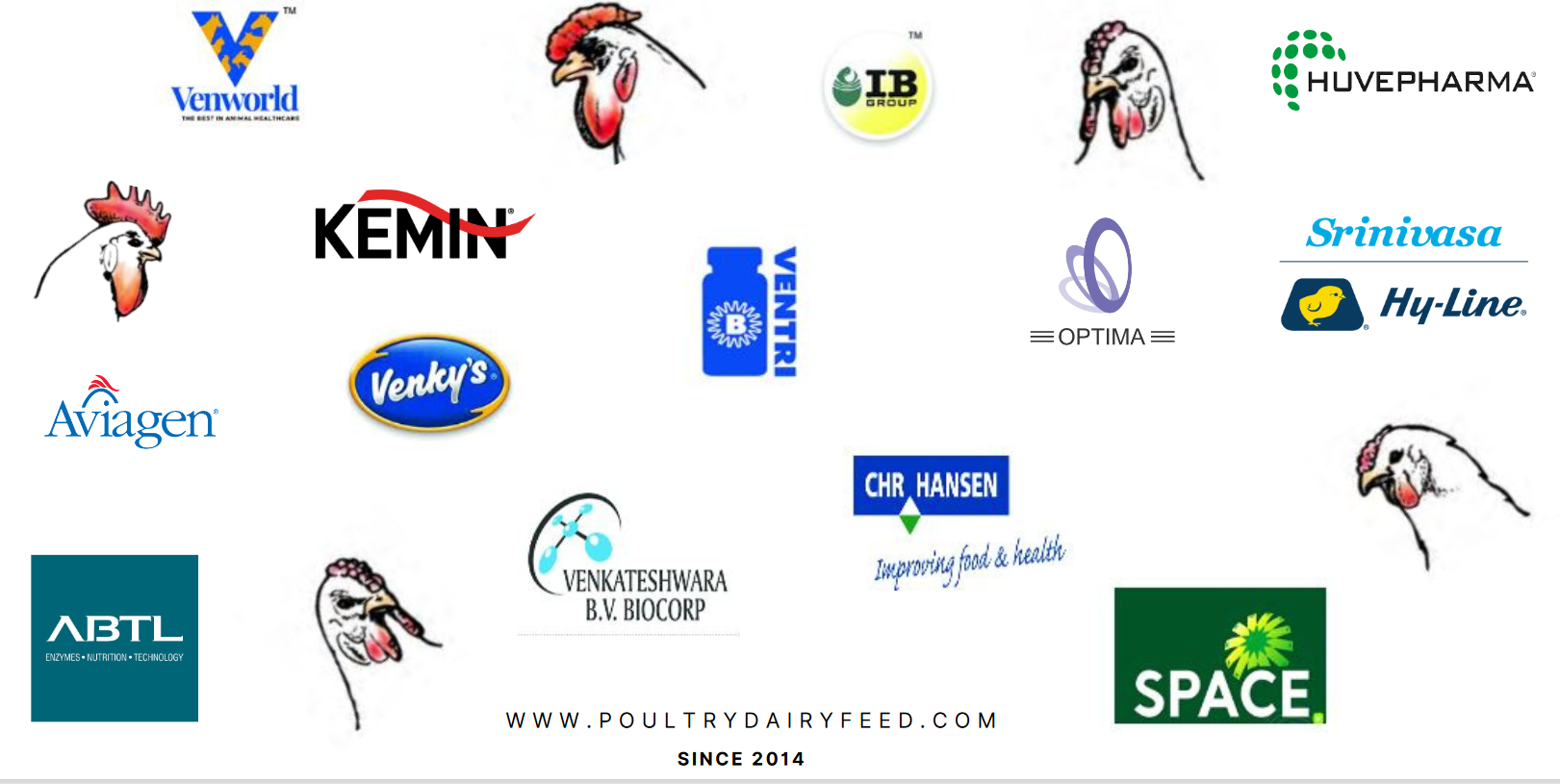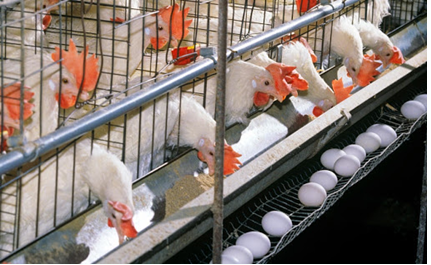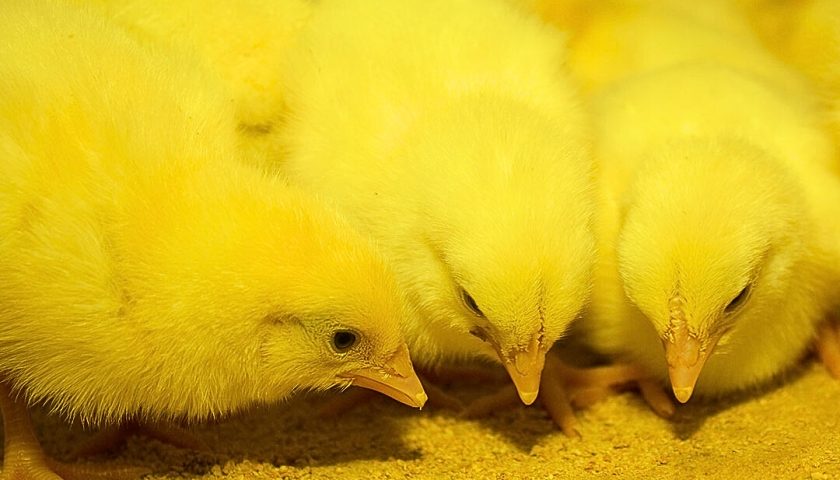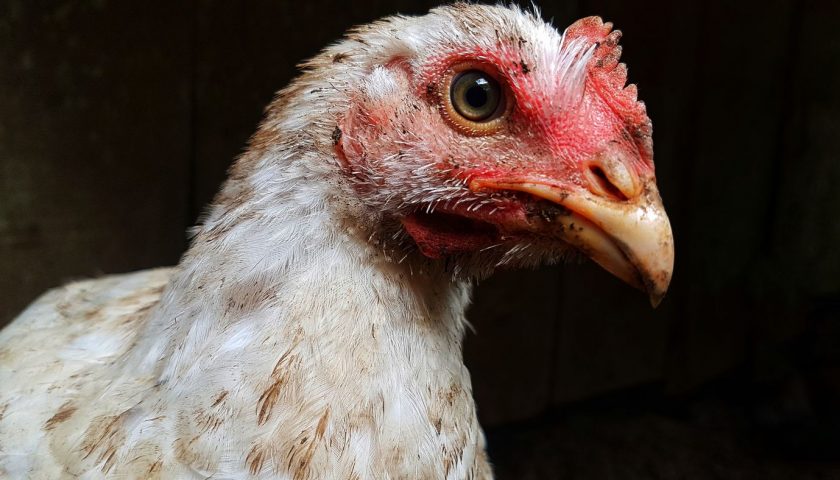Automation in Poultry Farming
Ninad Bhatt, Rajneesh, Shwetambri Jamwal
National Dairy Research Institute, Karnal, Haryana
Introduction
In recent years, most poultry operation are intensive type houses with environment controlled houses, in which inside conditions are maintained as near as to the bird’s optimum requirements. The optimum temperature is 24oC with the relative humidity of 50 to 60%. A closed building with no windows, longitudinal preferably east to west, with big exhaust fans on west side while evaporative cooling pads on east side along with automatic feeding and drinking systems inside are gaining popularity. Fully system controlled with no manual controls, feeding system, watering system, manure collection system, egg collection system are all mechanized and automatic. Automation is the use of machines, control systems and information technologies to optimize productivity in the production of goods and delivery of services. The environmental parameters like temperature and humidity values can only be monitored. For providing the suitable environment, one has to manually switch on different devices like exhaust, air conditioner, fan etc.
Systems of farm house automation
- Feeding equipment
- Watering system
- Automatic light control system
- Fire and smoke control system
- Humidity and moisture control
- Odour control
- Climate control
- Weight prediction by 3D computer vision
- Mobile phone & sensor mote management system
Feeding System
It is hard to feed animals on schedule, yet livestock thrive when fed on time. Timed setups coupled with an automatic grain dispenser are used in this automated system.
- Augermatic big pan feeder
- Automatic feeder
Augermatic big pan feeder
- Reduces feed volume
- Avoid breast bruising
- Improved FCR
- Anti roost system from excess overloading
- Collar can be minimized feed losses
- Quick and easy cleaning
Automatic feeder
In case of automatic feeder the feed is supplied to entire length of poultry house by specially feed trough with auger type or chain type devices .These are operated with electricity and height of feeder can be adjusted upon the age of birds.
Watering system
At traditional temperatures, chickens usually consumes double the maximum amount water as feed. In periods of warmth, water consumption will double or quadruple. In order to stay healthy, poultry flocks need water of adequate quality and amount.
Types of feeder –
1. Bell type automatic drinker
2. Lubing nipple drinker
Bell type automatic waterer

These are made of high impact plastic in bell shape usually suspended from separate pipeline for the purpose. This type waterer have control over the water flow and maintains the requirement water level.
Lubing nipple drinker

- These are the best Modern poultry drinker
- Hygiene and reliability
- Passage rate 80-90 ml/min
- Provide sufficient water supply
Automatic light control system
Bidirectional counters are used to count the number of people entering a room in the farm house. . The IR sensor is used to detect motion. When a person exits or enters, it detects the interruption and runs the counter in either up or down mode based on selector setting. The count is displayed on an LCD display.
Fire and smoke detection

The sensor will detect presence of smoke and generate an interrupt to the microcontroller. This will switch on the exhaust fan and a sound alarm with flashing light. A GSM module is interfaced
Diagram below showing its functioning –
Humidity and moisture control
An additional humidity sensor circuit is used to detect a change in humidity of the surroundings and generate an interrupt signal to the micro-controller. This system is an efficient and simple way of conserving water used in the farm. Humidity sensor is also used in hatcheries to maintain ambient temperature for artificial hatching.
Odour control system
A new intelligent portable ‘electronic nose’ was developed especially for measuring livestock and poultry farm odours in both laboratory and field. The sensor is consisted of 14 gas sensors, a humidity sensor, and a temperature sensor. The gas sensors were especially selected for the main compounds from the livestock farm odours. An expert system called “Odour Expert”.
Climate control system
An exhaust fan or a heater will get switched on automatically depending on real time readings from a temperature sensor. Depending on whether cooling down or heating up is required inside the farm house; the microcontroller decides to switch on the exhaust fan or the heater respectively.
Weight prediction of chickens using 3D computer vision
The system does not require the broilers to voluntarily step onto the weigher and therefore weighed all birds in the field of view of the camera. Besides, the camera may cover a larger area of the floor than a traditional platform weigher. These system are less stressful for broilers since there are no introducer, chasing and constraining them.
Mobile phone and sensor mote management systems
In fact, the influence of mobile computing has been deployed to interact with real-time mobile phone applications including agriculture-related applications. Although applying Web architecture may be convenient universal accessibility, many customized features toward mobile applications are fruitful. There are three main hardware components of the unified architecture as follows:
- Mobile phone management system
- Sensor mote management system
- Base station management system
Criteria of mobile and wireless network management system
The system shall be affordable and be available and accessible in the worldwide market. The system shall be mobile and portable for deploymentability purposes. The system shall be designed for long-term usage, i.e., battery operated with efficient power consumption. The system shall be user-friendly with simple training and education. The system shall be scaled with large network sizes or number of connections.
Conclusion
There is a potential to increase the production from 20-30% to 50-60% by ways of minimum impact on the farmers production poultry owner and bird’s health using automation. A new design for birds enclosures is put forward to improve the living conditions of livestock, as well as reduce manual labour.





